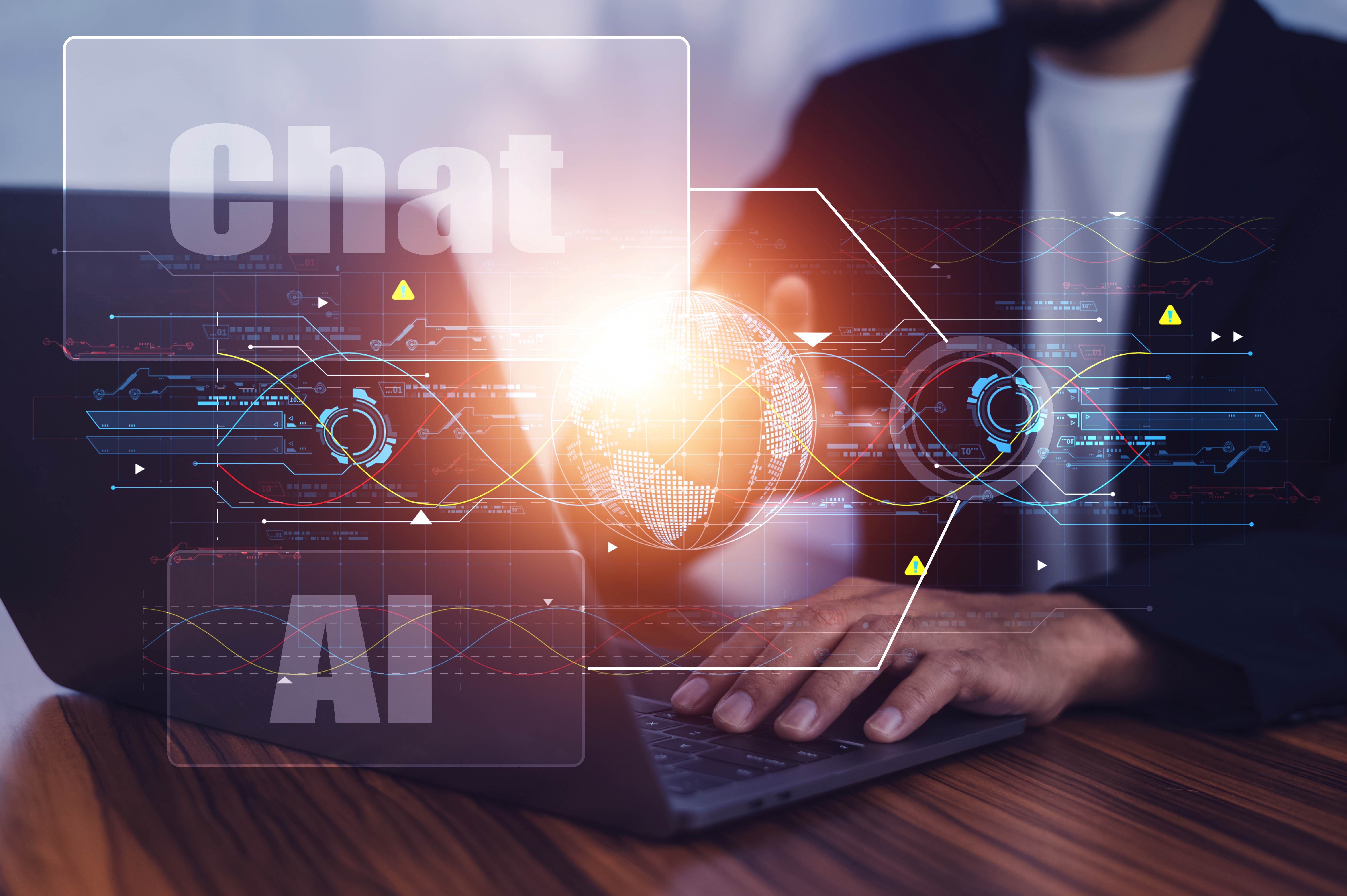Harnessing the Power of ChatGPT in Internal Auditing

In today's rapidly evolving digital landscape, the world of internal auditing is undergoing a profound transformation, largely driven by the advent of artificial intelligence (AI). As internal auditors, it is not just about adapting to this new environment; it is about leading the way, ensuring our methodologies are as advanced as the technologies we audit. One such transformative tool is ChatGPT by OpenAI. In this blog post, I will explore how internal auditors across diverse industries can harness the power of ChatGPT to increase their effectiveness and efficiency.
What Is ChatGPT?
Before I delve into the applications of ChatGPT in internal auditing, let us get acquainted with what ChatGPT is. At its core, ChatGPT is an advanced conversational AI model designed to understand, generate, and engage in human-like text interactions. With its extensive knowledge base, ChatGPT can serve as a valuable assistant for internal auditors, aiding in tasks ranging from data analysis and interpretation to report drafting and stakeholder communication.
Real-time Query Resolution
During an audit, internal auditors often encounter queries related to policies and procedures, industry standards, or best practices. Instead of spending hours researching or seeking expert opinions, auditors can turn to ChatGPT. Leveraging its vast training data, ChatGPT can provide instant answers, references, or even suggest where to find the most relevant information. This capability significantly enhances internal audit efficiency.
Risk Assessment
With its wealth of knowledge, ChatGPT can also play a pivotal role in risk assessment work. It can assist in evaluating risks by providing benchmarks, historical data, and industry standards for comparison. Internal auditors can inquire about industry benchmarks and key performance indicators to assess how their organisation compares to industry standards. Insights into common industry benchmarks provided by ChatGPT can help identify performance gaps.
Data Analysis and Anomalies Identification
A fundamental responsibility of internal auditors is analysing extensive datasets to uncover inconsistencies, anomalies, or potential risks. Traditionally, this process is time-consuming and demands meticulous attention to detail.
Internal auditors can inquire ChatGPT about suitable data analysis techniques for their dataset, or appropriate visualisation tools to use. ChatGPT is also able to recommend methods or approaches for detecting anomalies when internal auditors can effectively describe the type of anomalies that they are looking for (e.g., outliers, errors, fraud indicators).
Internal Audit Documentation
Documentation lies at the heart of internal auditing. ChatGPT can be a valuable asset in generating preliminary risk assessments, workpapers, draft audit findings, and risk mitigation actions. It can also be trained to create draft internal audit reports based on the observations and data fed into it. While human oversight remains essential to ensure accuracy and relevance, ChatGPT's efficacy can significantly reduce the time spent on documentation.
Stakeholder Engagement and Communication
Effective communication with stakeholders is paramount for audit success. ChatGPT can be a game-changer in enhancing auditor-stakeholder interactions. By simulating potential stakeholder queries, internal auditors can be better prepared for meetings. This proactive approach enables auditors to address concerns effectively, thus enhancing the credibility and value of the internal audit work.
Internal Audit Training and Continuous Learning
The business environment is ever-evolving, with new developments and challenges emerging regularly. As we stand at the forefront of this AI-driven audit revolution, we must ensure our internal audit processes are not only effective and efficient but also future-ready. However, ChatGPT's potential remains untapped if internal auditors lack the knowledge and competence to harness its capabilities effectively.
To maximise the benefits of ChatGPT, internal auditors should acquire practical knowledge and techniques, such as data analysis and prompt engineering skills. This expertise enables them to utilise ChatGPT's capabilities, gain insights into emerging risks and innovative risk mitigation strategies, and continuously improve the internal audit process.
Conclusion
The integration of AI tools like ChatGPT into the internal audit process represents a paradigm shift in how we approach audits across industries. It promises enhanced efficiency, depth, and analytical capabilities that were previously unattainable. Nevertheless, it is essential to strike a balance.
Internal auditors must recognise that ChatGPT's power comes with responsibility. Ethical use, data confidentiality, and integrity must be maintained. Moreover, while ChatGPT can assist, it should complement, not replace, the internal auditor's judgment and expertise.
Incorporating ChatGPT into the internal auditing arsenal is not just an adaptation to the digital age; it is a stride toward leading the way in this transformative era of auditing.
Sylvia Lim is an experienced Certified Internal Auditor who brings a wealth of expertise in internal audit and risk management, garnered over years of dedicated service in the dynamic Asia Pacific region. Having collaborated with clients from diverse industries, she now shares her invaluable insights in the blog post "Harnessing the Power of ChatGPT in Internal Auditing", showcasing the different ways that ChatGPT can be used to optimise the internal audit process.
The Institute of Internal Auditors Singapore blogs reflect the personal views and opinions of the authors. These views may differ from policies and official statements of The Institute of Internal Auditors Singapore and its committees and from opinions endorsed by the bloggers’ employers.



